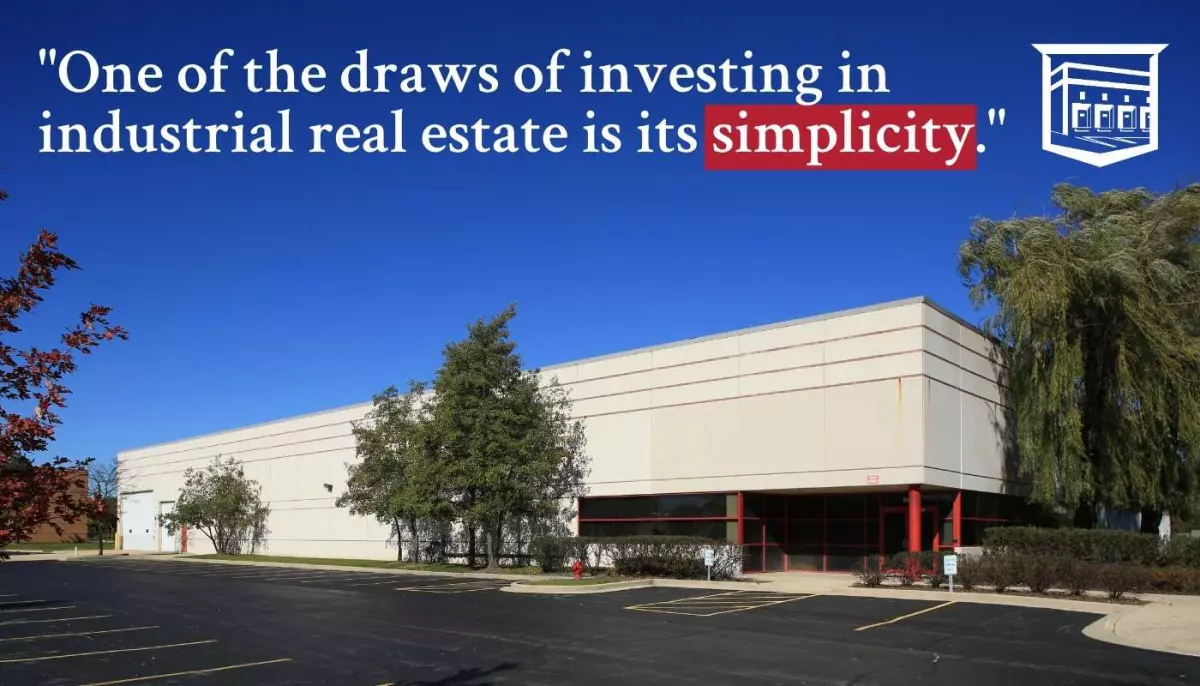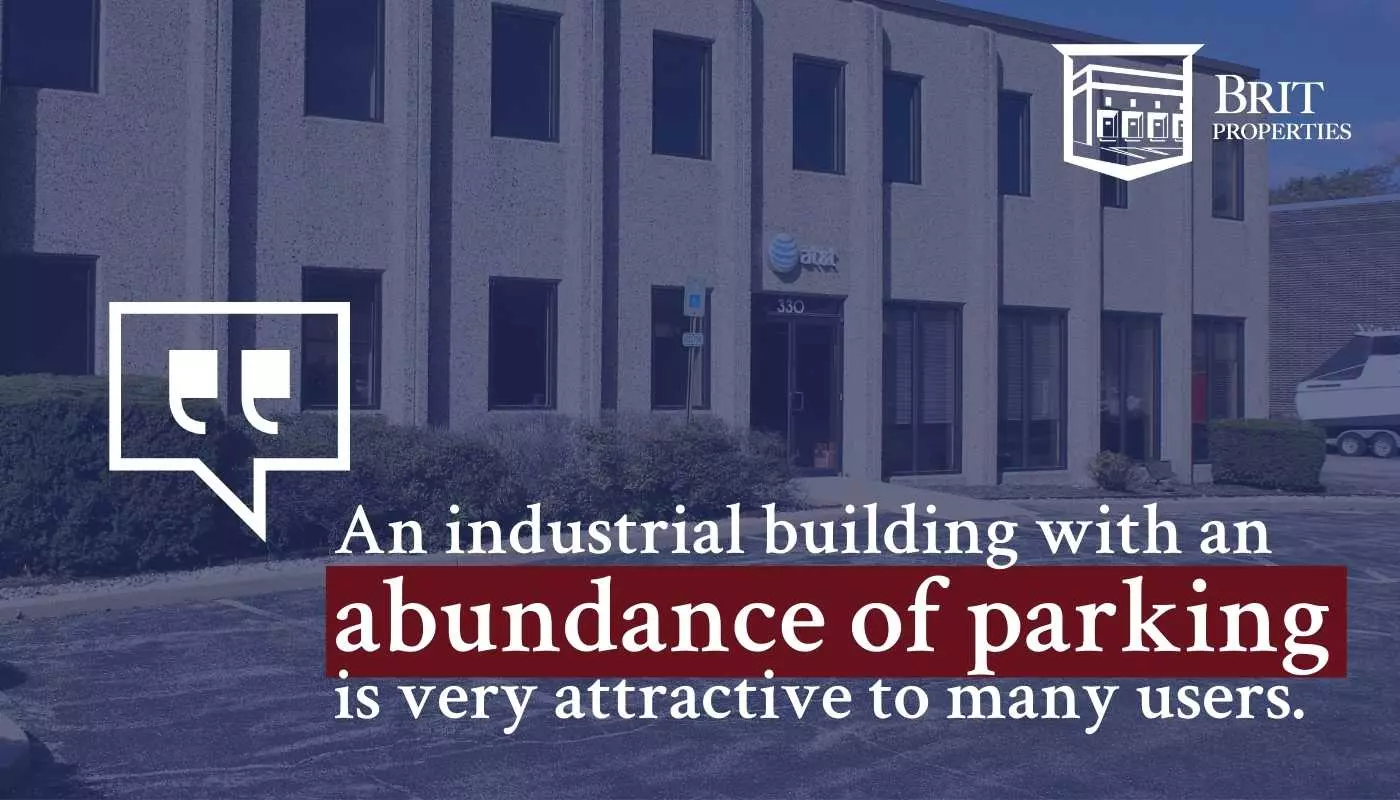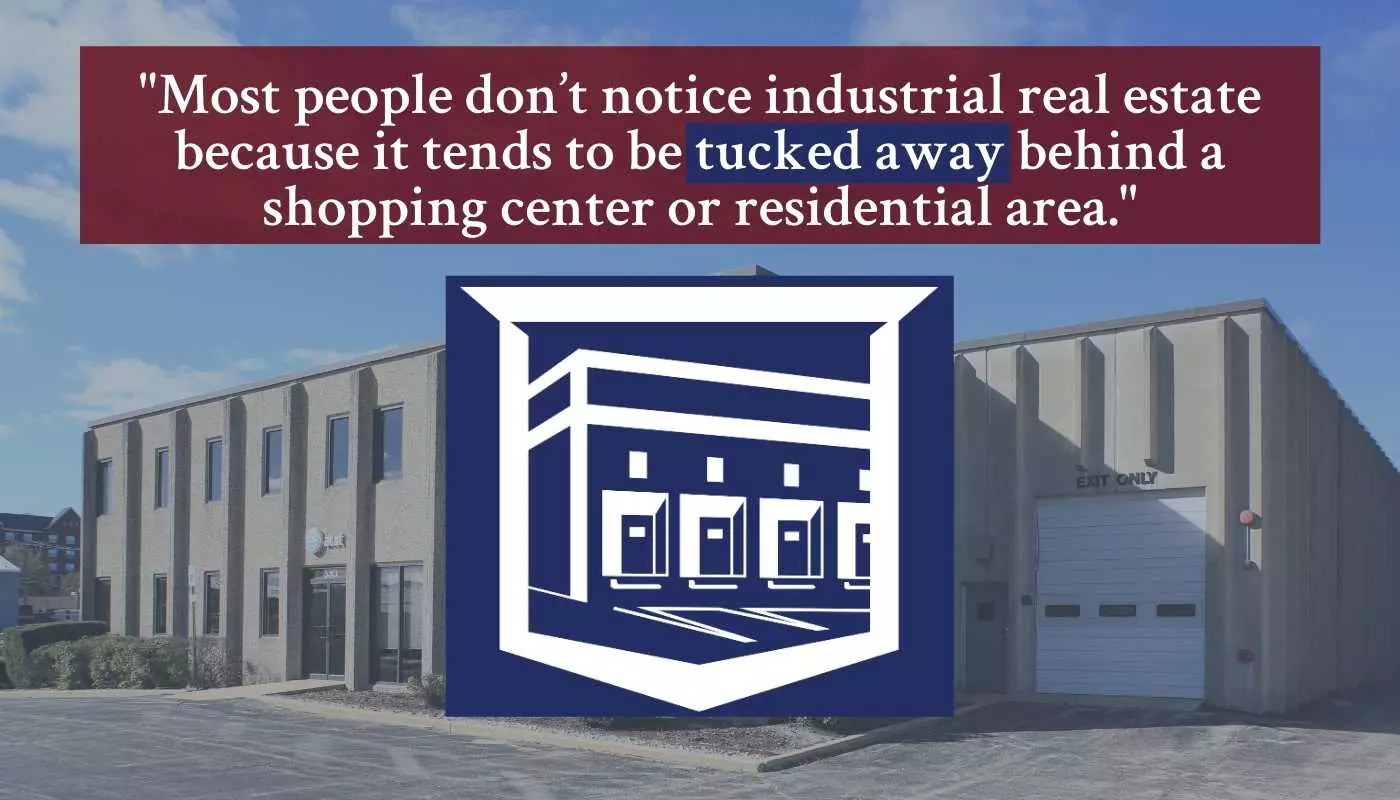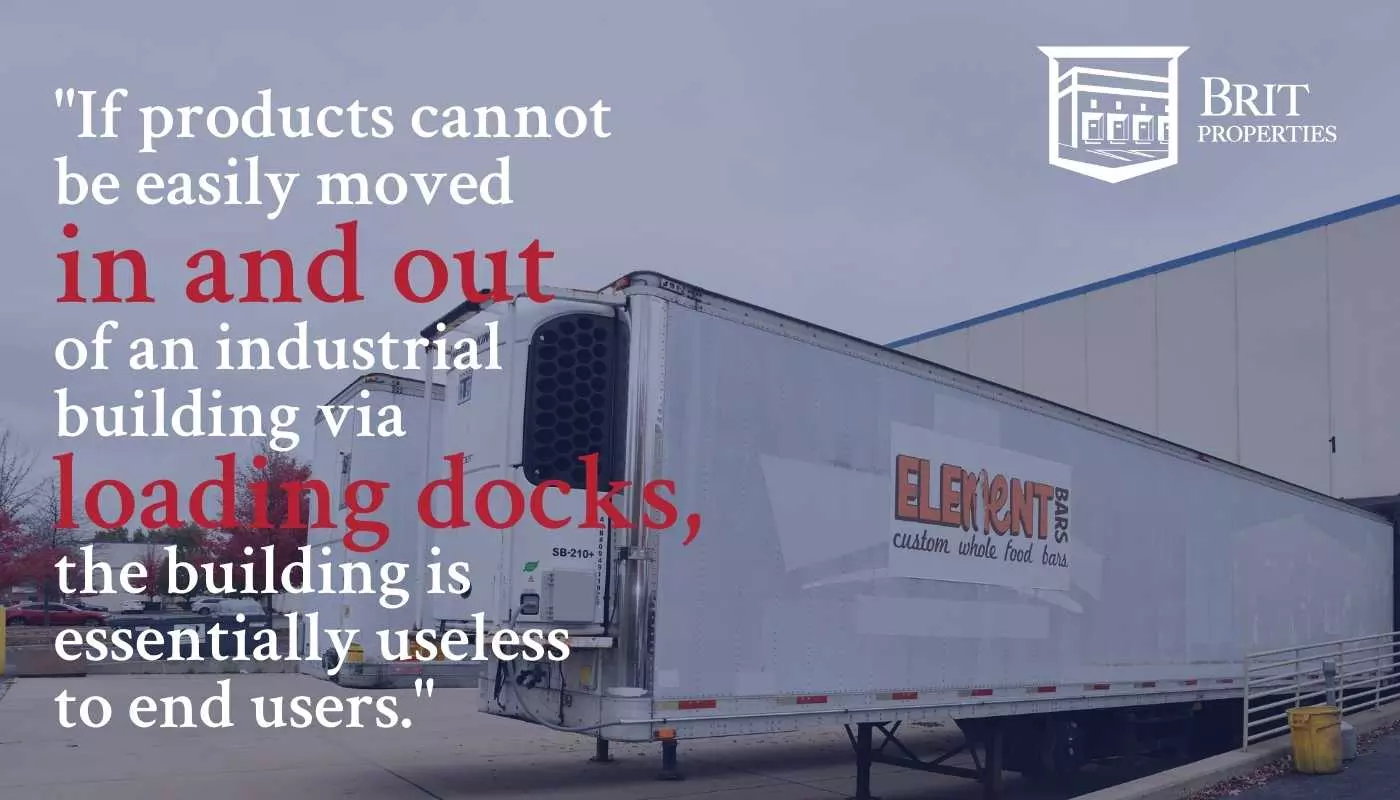 Image Source: sanaulac.vn
Image Source: sanaulac.vn
If you're intrigued by the world of industrial real estate, you're not alone. As the demand for online shopping and distribution centers continues to rise, understanding the key aspects of this industry becomes crucial. In this insider's guide, we'll explore the fundamentals of industrial real estate that every investor and enthusiast should know.
What is industrial real estate?
Industrial real estate encompasses spacious buildings with open layouts, high ceilings, and multiple loading docks. These features make it ideal for manufacturers and businesses that require substantial storage space for their products. A significant highlight of industrial real estate is the loading docks, which serve as crucial entry and exit points for materials and finished goods. These docks are equipped with load levelers, ensuring a safe and efficient loading process.
Generous ceiling heights ranging from 20’ to 44’ are also vital for industrial businesses that need to stack products or place them on racks.
The Difference Between Class A, B, and C Industrial Real Estate
Class A Industrial Real Estate
 Image Source: sanaulac.vn
Image Source: sanaulac.vn
Class A industrial real estate represents the highest quality and most sought-after properties. These buildings typically feature multiple loading docks and prime locations near highways. With ceiling heights ranging from 32’ to 40’, Class A properties offer ample space for various operations. They often come with modern designs, high-tech amenities like ESFR sprinkler systems, and abundant parking. Class A industrial real estate is favored by larger corporate tenants such as Amazon and Target.
Class B Industrial Real Estate
Class B industrial real estate caters to smaller businesses and local tenants. These properties are generally older and come with slightly lower ceilings and fewer loading docks. While they may lack some of the modern features found in Class A buildings, they still serve as excellent spaces for various industrial operations.
Class C Industrial Real Estate
 Image Source: sanaulac.vn
Image Source: sanaulac.vn
Class C industrial buildings are typically over 20 years old and require renovations. They are located in less desirable areas, offering limited parking and lower ceiling heights. Class C properties cater to specific types of tenants, such as light manufacturers. While they may have outdated infrastructure and technology, investing in Class C industrial real estate can still yield lucrative returns.
Why Parking is Essential for Industrial Real Estate
Parking plays a crucial role in industrial real estate, often being an overlooked aspect. Industrial users, including manufacturers and distribution companies, rely heavily on parking. Having a sufficient parking area ensures that employees and visitors have convenient access to the facilities. Trailer parking is equally important, especially for large distribution companies that require temporary parking for trucks.
Municipal regulations often restrict on-street parking, making an abundance of parking spaces within industrial properties highly attractive. Ensuring ample parking availability for industrial buildings is essential for attracting and retaining tenants.
How Building Design Influences Industrial Decision-Making
 Image Source: sanaulac.vn
Image Source: sanaulac.vn
In the past, the design and aesthetics of industrial buildings were not a significant consideration. However, in today's competitive landscape, having an attractive building can make a significant difference. As industrial companies strive to recruit and retain talented employees, an appealing building helps create a positive working environment. Employees and tenants prefer buildings that offer a pleasing physical space and exude a sense of comfort and professionalism.
In addition, tenants who own industrial buildings also place importance on design. Aesthetically pleasing buildings tend to have higher resale values and attract more potential buyers. Investing in building design creates an edge in the market and enhances the overall appeal of industrial properties.
The Importance of Thick, Smooth Floor Slabs
Industrial buildings often house heavy machinery, such as forklifts, which require smooth, level floors for safe operation. The smoothness of the floors is crucial for stacking goods and preventing accidents. Uneven floors pose a risk of toppling stacked products, compromising safety and efficiency.
However, for buildings designed for food and chemical manufacturers, sloped floors are necessary. This design allows any spills or drips to flow into drains, ensuring a hygienic environment. Such facilities are specialized and may be challenging to lease for purposes other than food or chemical manufacturing.
Locations of Industrial Real Estate
 Image Source: sanaulac.vn
Image Source: sanaulac.vn
Industrial real estate often remains hidden from public view, tucked away behind shopping centers or residential areas. Industrial complexes and major facilities are strategically located near highways for convenient access. You'll find industrial properties concentrated in dedicated areas such as "Industrial Way" or "Commerce Drive." Major interstate systems also have clusters of industrial buildings, as former farmlands have given way to industrial development.
Types of Industrial Real Estate
Industrial real estate encompasses various types of properties beyond manufacturing and warehouses. Understanding these different types allows investors to evaluate opportunities comprehensively.
Manufacturing
Manufacturing properties fall into two categories: heavy manufacturing and light industrial. Heavy manufacturing typically involves refining raw materials, such as steel manufacturing, and requires specialized facilities. Light manufacturing, on the other hand, focuses on the creation and assembly of parts and goods. Light manufacturing facilities have lower ceilings as they don't require the same clearance as warehouses.
Warehouse/Distribution
Warehouses and distribution centers are large, rectangular spaces primarily used for storing goods. These facilities feature loading docks and may have a small office area. Distribution companies utilize warehouses to store products before they are shipped to end-users.
Cold Storage
 Image Source: sanaulac.vn
Image Source: sanaulac.vn
Cold storage facilities are specialized industrial properties catering to the needs of food manufacturing, distribution, and pharmaceutical companies. These facilities maintain extremely low temperatures to preserve perishable goods. With the growing popularity of online grocery shopping, cold storage facilities have increased in demand. However, they require high utility demands, making them cost-intensive unless leased to top-tier tenants.
Data Centers
Data centers are another specialized form of industrial real estate. These facilities house servers and require specific power and telecom infrastructure. Concrete walls and limited or no windows are characteristic features of data centers.
Flex Space/R&D
Flex space and research and development (R&D) facilities combine warehouse and office/retail spaces. These multi-purpose facilities cater to high-tech machinery manufacturers, with showrooms located at the front of the building and offices or service centers positioned behind. Flex space/R&D properties serve a variety of tenants, including biopharma companies, artists, and cabinet makers.
What Drives Demand for Industrial Real Estate
 Image Source: example.com
Image Source: example.com
Industrial real estate has seen a surge in popularity, especially in 2020, as online shopping continues to thrive. Retailers are seeking fast and efficient distribution centers to provide 2-day or even same-day delivery services. Locally, demand for industrial properties arises from growing companies that need more space due to organic growth or acquisitions. As businesses expand and hire additional employees, the demand for larger industrial buildings increases. Most companies prefer to stay in their existing areas, providing convenience for employees and customers. Consequently, this creates new demand for larger industrial spaces.
The industrial market has shown remarkable resilience over the years, maintaining low vacancy rates even during economic downturns. Currently, vacancy rates hover around 6%, a level that accounts for natural turnover within buildings.
The Benefits of Investing in Industrial Real Estate
Investing in industrial real estate offers several advantages, making it an appealing asset class for many investors. Unlike multifamily properties with numerous tenants and complex lease renewals, industrial properties typically have one or only a few tenants, simplifying rent collection and leasing processes.
Most industrial tenants sign multi-year leases, typically ranging from 3 to 10+ years. These leases often include rent escalations, providing a passive income stream for investors. Additionally, industrial properties require minimal interior build-out, enabling seamless transitions between tenants.
Reselling industrial properties can also be advantageous as many tenants become potential buyers. Businesses that thrive in a particular location often choose to purchase the building they occupy, solidifying their presence and creating long-term value for investors.
The Biggest Risk of Investing in Industrial Real Estate
 Image Source: example.com
Image Source: example.com
The most significant risk associated with industrial real estate investing is vacancy. Single-tenant industrial buildings may experience prolonged vacancies if a tenant decides to move. Re-leasing the space can take anywhere from 60 to 180 days or longer, resulting in significant carrying costs for property owners, such as mortgages, taxes, insurance, and utilities. Diligent market research and awareness of local conditions are essential for mitigating this risk.
How to Passively Invest in Industrial Real Estate
Investing in industrial real estate can be done through various channels, depending on your preferences and investment strategy.
Real estate investment trusts (REITs) allow investors to buy shares in companies that own and operate industrial properties. REITs provide the benefits of diversification and liquidity, with share prices fluctuating in line with the stock market.
Joint ventures involve partnering with another entity, such as a developer, to jointly own and manage industrial real estate. This approach offers a range of roles, from actively managing the property to taking a more passive position while benefiting from the expertise of the partner.
Syndications, although less common nowadays, offer an opportunity for smaller-scale passive investors to directly invest in industrial properties or portfolios. Syndications pool funds from multiple investors to acquire and operate industrial real estate.
In Conclusion
Industrial real estate presents exciting opportunities for investors and offers significant advantages such as simplicity, long-term leases, and minimal interior build-out requirements. However, it's crucial to weigh the risks, especially regarding vacancies, and stay informed about local market conditions. By exploring different investment avenues, such as REITs, joint ventures, or syndications, you can actively engage in the industrial real estate market or passively invest and enjoy the benefits that this asset class provides.

















